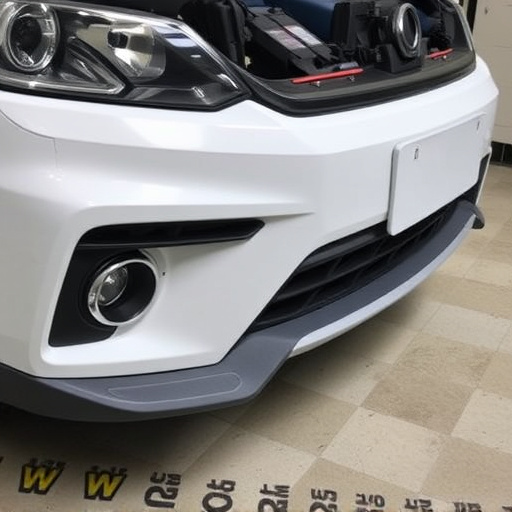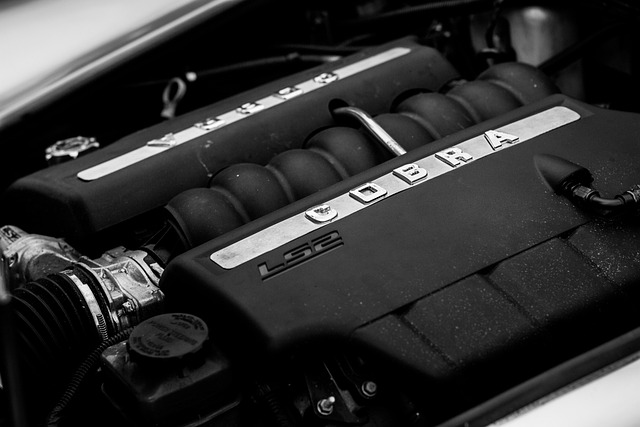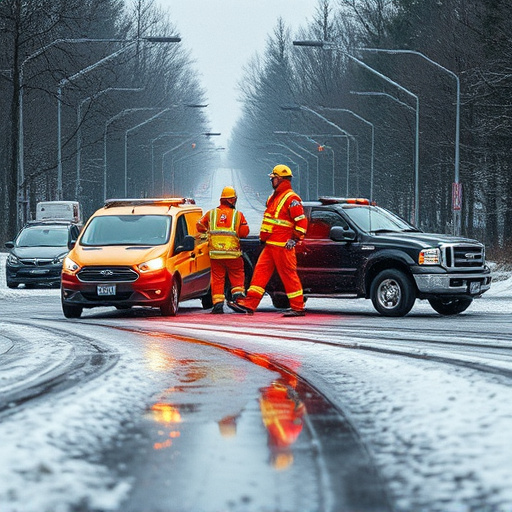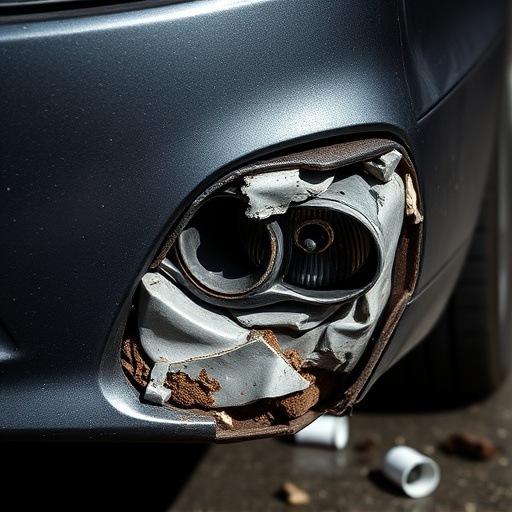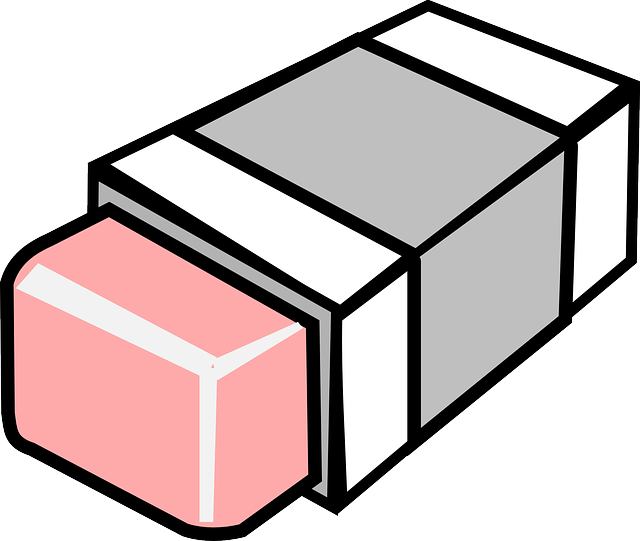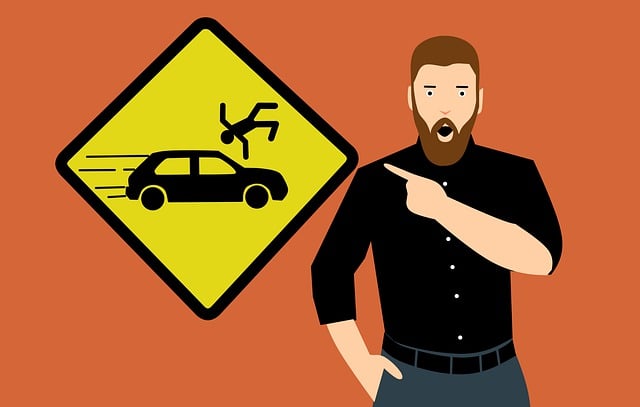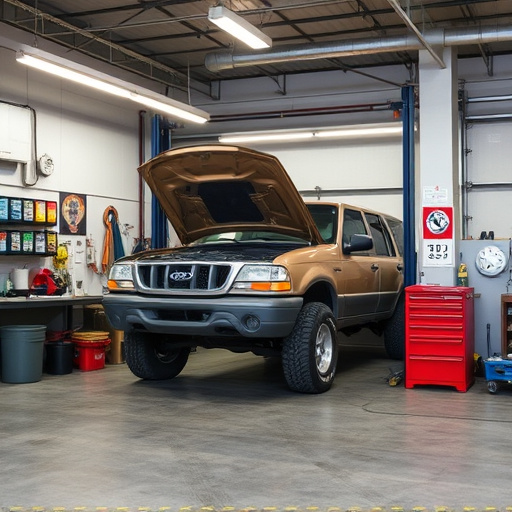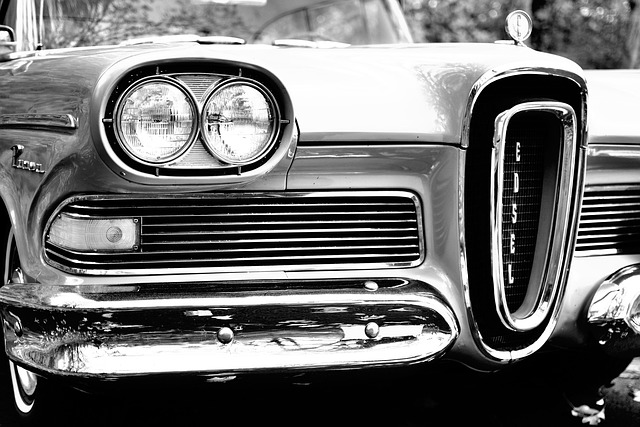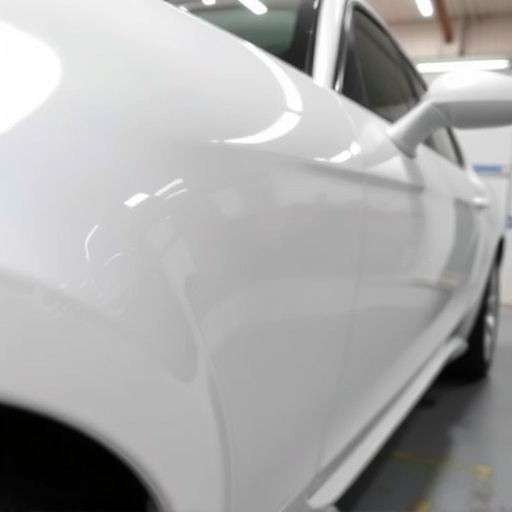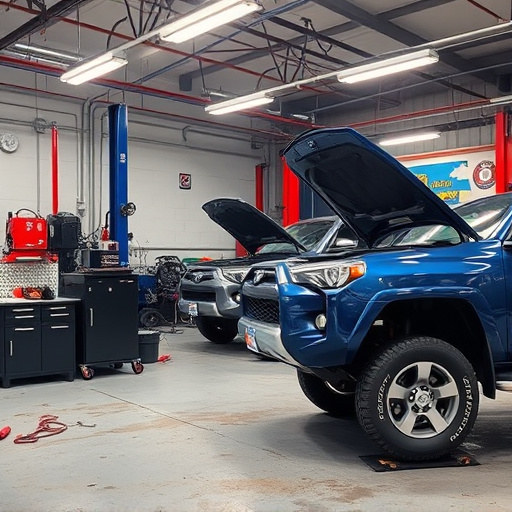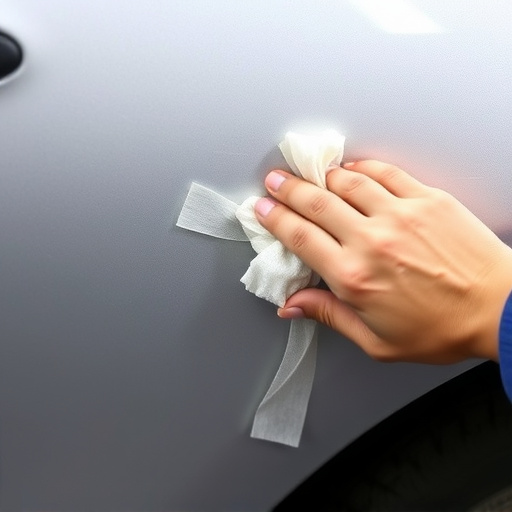Delays in collision damage repair are primarily driven by miscommunication between insurance providers and repair shops, inaccurate initial assessments, and parts availability issues. To expedite the process, prioritize clear communication channels, thorough damage evaluations, and proactive part sourcing. Regular updates and clarification requests between insurers and repair facilities significantly reduce turnaround times, ensuring efficient restoration for modern vehicles with intricate designs.
Collision damage repair can be a lengthy process, often plagued by delays that leave vehicles idling longer than necessary. This article delves into the root causes of these delays, from communication breakdowns to part availability issues and coordination chaos. We offer strategic steps for streamlining the process, including efficient damage assessment, digital communication tools, and staff training. Additionally, we empower customers with responsibilities to accelerate their collision damage repair journey, ensuring faster, smoother experiences.
- Understanding Common Causes of Delays in Collision Damage Repair
- – Lack of communication between insurer and repair shop
- – Unclear or incomplete damage assessment
Understanding Common Causes of Delays in Collision Damage Repair

Delays in collision damage repair can be frustrating for anyone involved, from drivers to insurance companies and auto body shops. Understanding common causes is the first step towards minimizing them. One significant reason for delays is miscommunication or inaccurate assessment of the damage. Insurers or repair shops might not have a clear understanding of the extent of the damage, leading to requests for additional information or re-inspections, which can slow down the process.
Another frequent cause is the availability and turnaround time of parts, especially for specialized or custom car bodywork services. Sourcing rare or replacement parts can take time, causing delays in starting or completing repairs. Additionally, complex repair procedures or intricate auto body repair work require skilled technicians, and a shortage of qualified professionals can impact the timeline. Efficient communication, clear damage assessments, and proactive part sourcing strategies are crucial to avoid these common pitfalls in collision damage repair.
– Lack of communication between insurer and repair shop

One of the primary causes of delays in collision damage repair is the lack of clear communication between insurance companies and repair shops. When an accident occurs, effective coordination between these two entities is crucial to streamline the entire process. Insurers often provide a list of approved or recommended repair facilities, but miscommunication can arise from vague instructions or a failure to update records promptly. This can lead to delays as the repair shop may need to seek clarification or wait for authorization before proceeding with the auto body repair.
To avoid such hiccups, it’s essential that insurers ensure their communication is clear and detailed, outlining exactly what repairs are needed and expected. Repair shops, on the other hand, should maintain open lines of communication with insurance providers, promptly providing updates on the status of the car bodywork and any additional work required. Regular interaction can significantly reduce turnaround times and ensure collision damage repair is carried out efficiently.
– Unclear or incomplete damage assessment

A crucial step in avoiding delays in collision damage repair is conducting a thorough and precise assessment of the vehicle’s damage from the outset. Many issues arise when this initial evaluation is unclear or incomplete, leading to unnecessary setbacks in the repair process. During this phase, it’s essential to identify all affected areas, including not just visible damages like dents and scratches but also hidden impacts on structural components such as frames, panels, and even internal parts of the car bodywork.
An accurate assessment ensures that every aspect of collision damage is addressed promptly during auto body restoration, preventing further complications or imbalances in repairs. This meticulousness is especially vital when dealing with intricate designs and modern cars, where subtle yet significant damages might go unnoticed without careful inspection. A comprehensive evaluation at the beginning streamlines the subsequent repair stages, including fender repair and other specialized work, ensuring a timely and efficient collision damage repair process.
By identifying and addressing common causes of delay, such as poor communication and inadequate damage assessments, individuals can streamline the collision damage repair process. Effective collaboration between insurers and repair shops, along with thorough and precise evaluations, ensures a faster, more efficient restoration of vehicles to their pre-accident condition, minimizing frustration for all parties involved in the collision damage repair journey.
